
👩🚀👨🚀 This is how Tina and Tom Sjögren will get to Mars - part 2
Tina and Tom Sjögren plan to get to – and back – from Mars in their own rocket, with their own built-in rocket engine. Here are the eight steps required to reach the red planet.
Share this story!
Here are the eight steps that will take Tina and Tom Sjögren to Mars and back.
If you have not read part 1 about Tina and Tom, here it is.
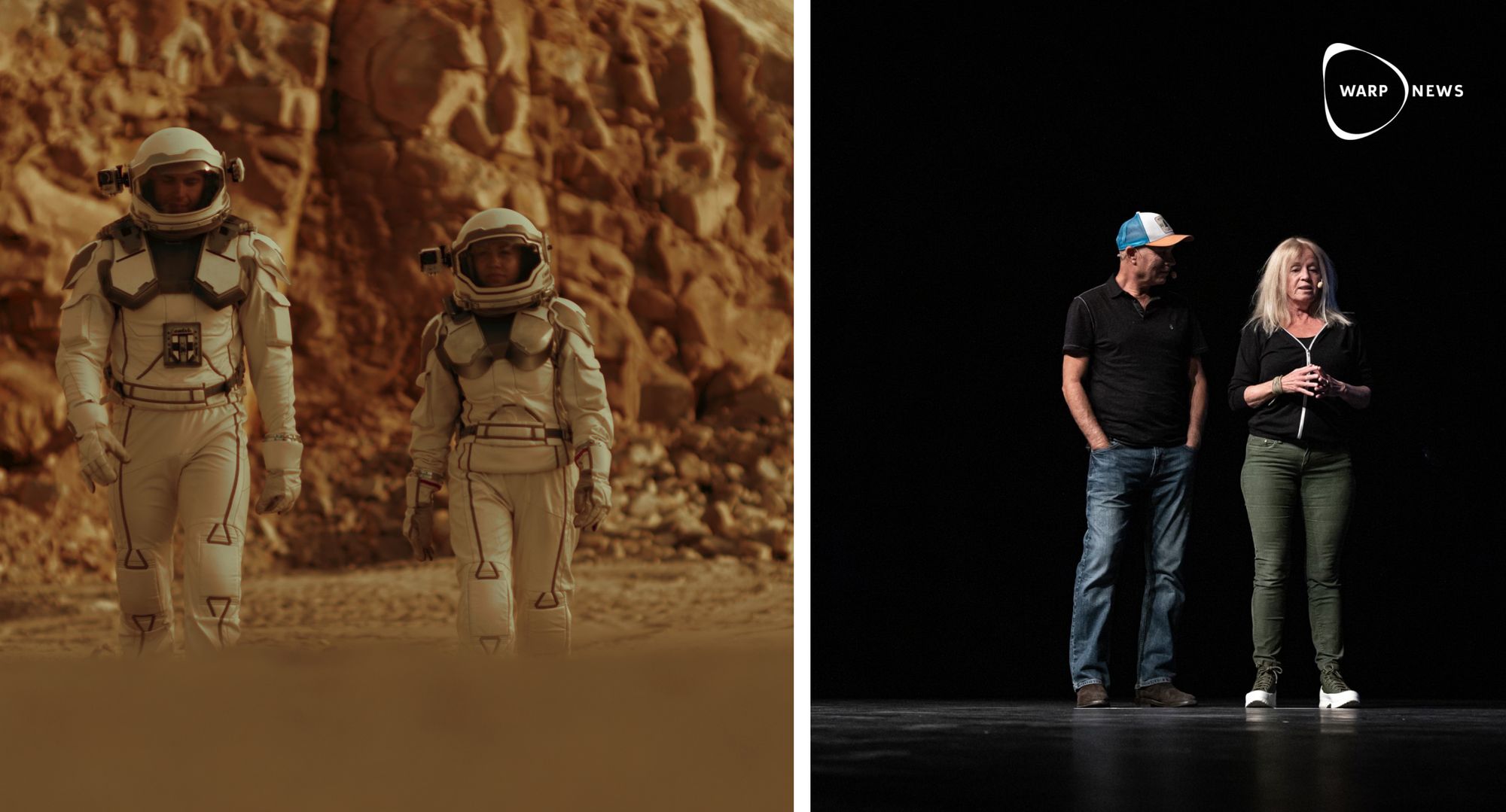
Step 1: Build a rocket engine
Pythom Space did not slow down because they didn't win the DARPA Launch Challenge. If anything, a top ten finish boosted their confidence. The first thing they took on was the engine. Before they could build it, they needed to get financing sorted, which they received through Swedish investors.
"When we received funding, we had the design ready and now we have built it. It reached the highest pressure in the chamber for a small rocket engine ever and twice as high as our best competitors. Over 90 percent of what was theoretically possible, which was better than we hoped", says Tom.
"It is complicated because it gets extremely hot and how do you avoid the metal melting? It requires advanced design to cool it. In the past, it took very skilled people months to just build the engine. Now we can 3D-print it in one day", says Tina.
The engine is called Asterex and together with Pythom's unique Black Magic system, this is the only propulsion system that will be usable during all parts of the mission to Mars and back, not just during the launch from Earth.
Step 2: Build a rocket
Their first rocket model is called Eiger. It is 12 meters (39ft) tall, has a diameter of 1.1 meters (3ft 7in), and should be able to carry 150kg (330lbs) to orbit. 80-90 percent of today's satellites are in that weight class. Pythom will make two rockets and launch one from America and the other from Europe.
The Pythom Space team has developed and tested the individual parts (engine, fuel, structure) of the rocket and at the time of writing is putting everything together for the first time.
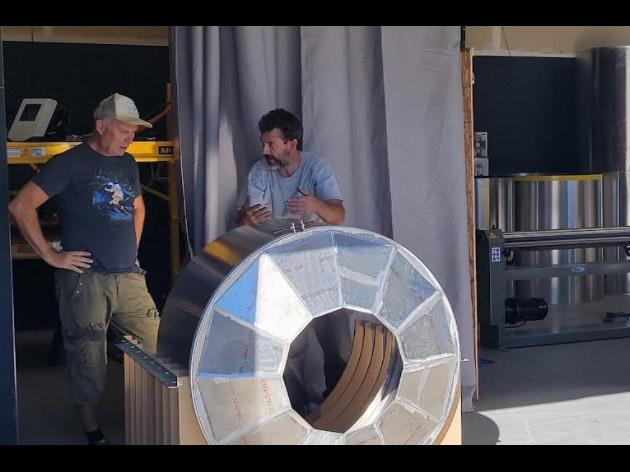
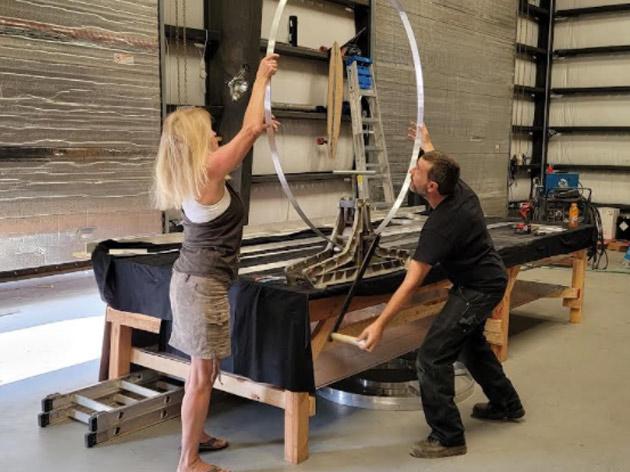
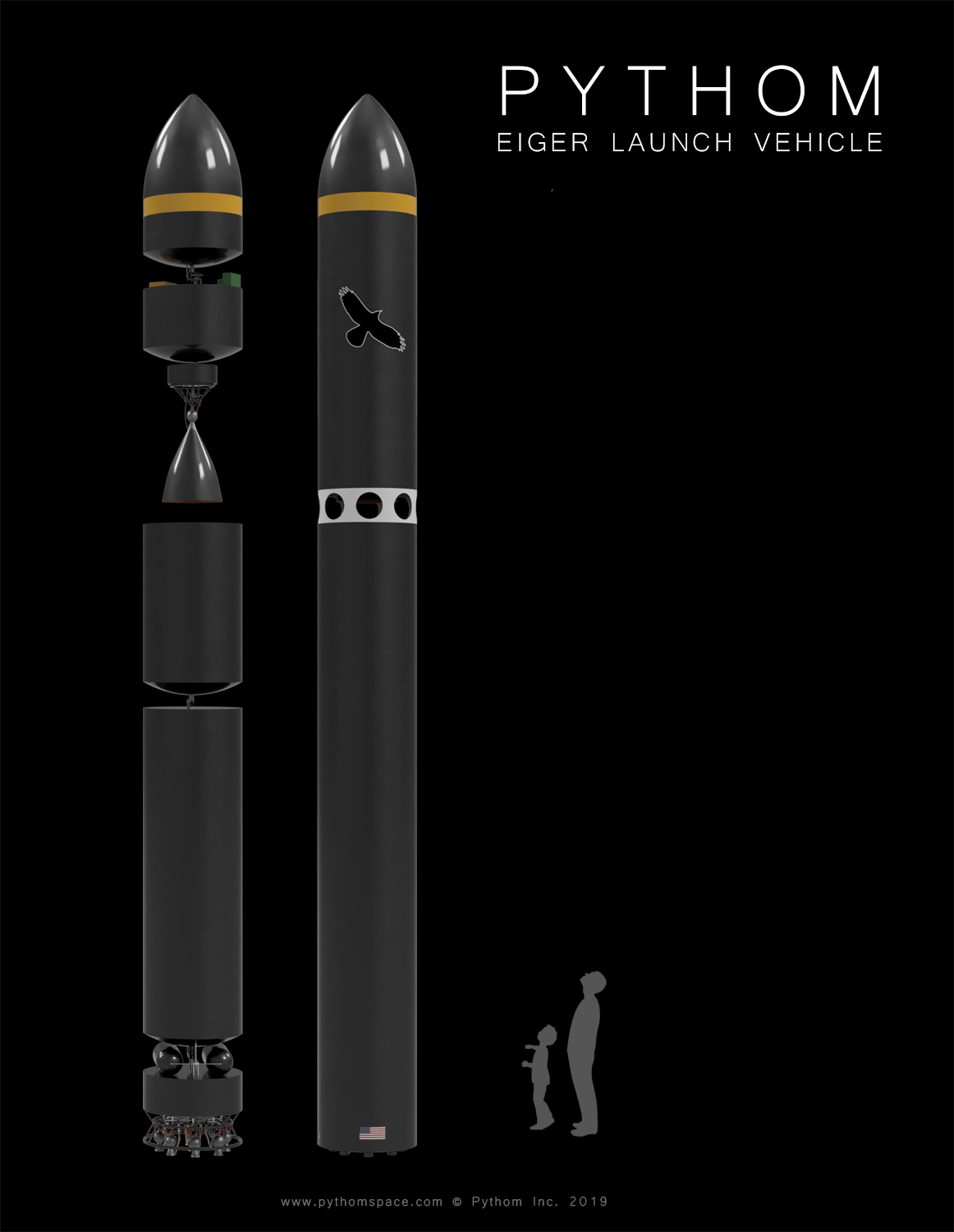
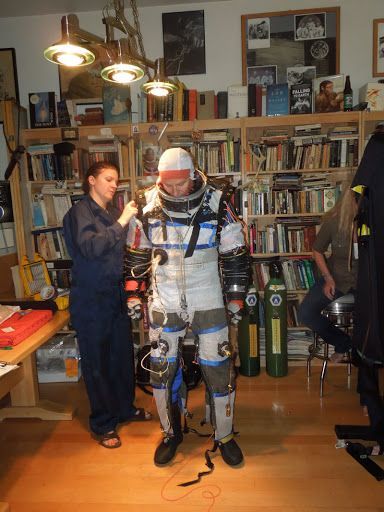
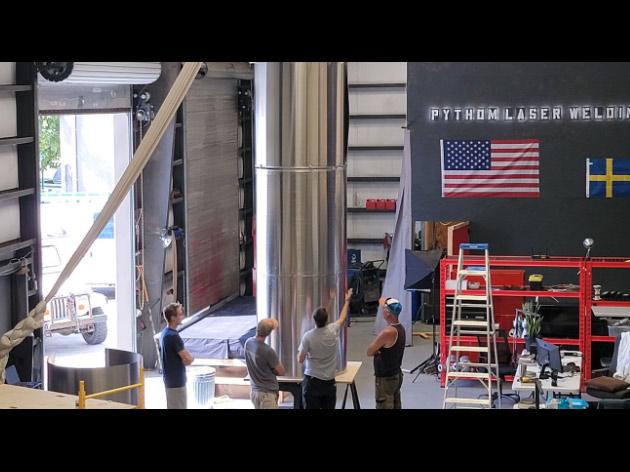
Step 3: Build another rocket
When Eiger is ready, they will take on a larger rocket model, Kang. Almost three times as tall, 30 meters (98ft), and able to carry 4'000kg (8'800lbs) to orbit. It will be the rocket that Tina and Tom use to leave Earth.
Step 4: Build the Mars lander
Olympus is the name of the vehicle that will first take Tina and Tom down to Mars, and then from there. It will be 2.5 meters (5ft) in diameter and 4 meters (13ft) tall with the fuel tanks.
Step 5: Go to Mars
The Mars journey itself will involve 20 Kang rockets transporting equipment into orbit, where the spacecraft that will take them to Mars is assembled from the upper parts of the rockets. At that point, they'll be off towards the red planet.
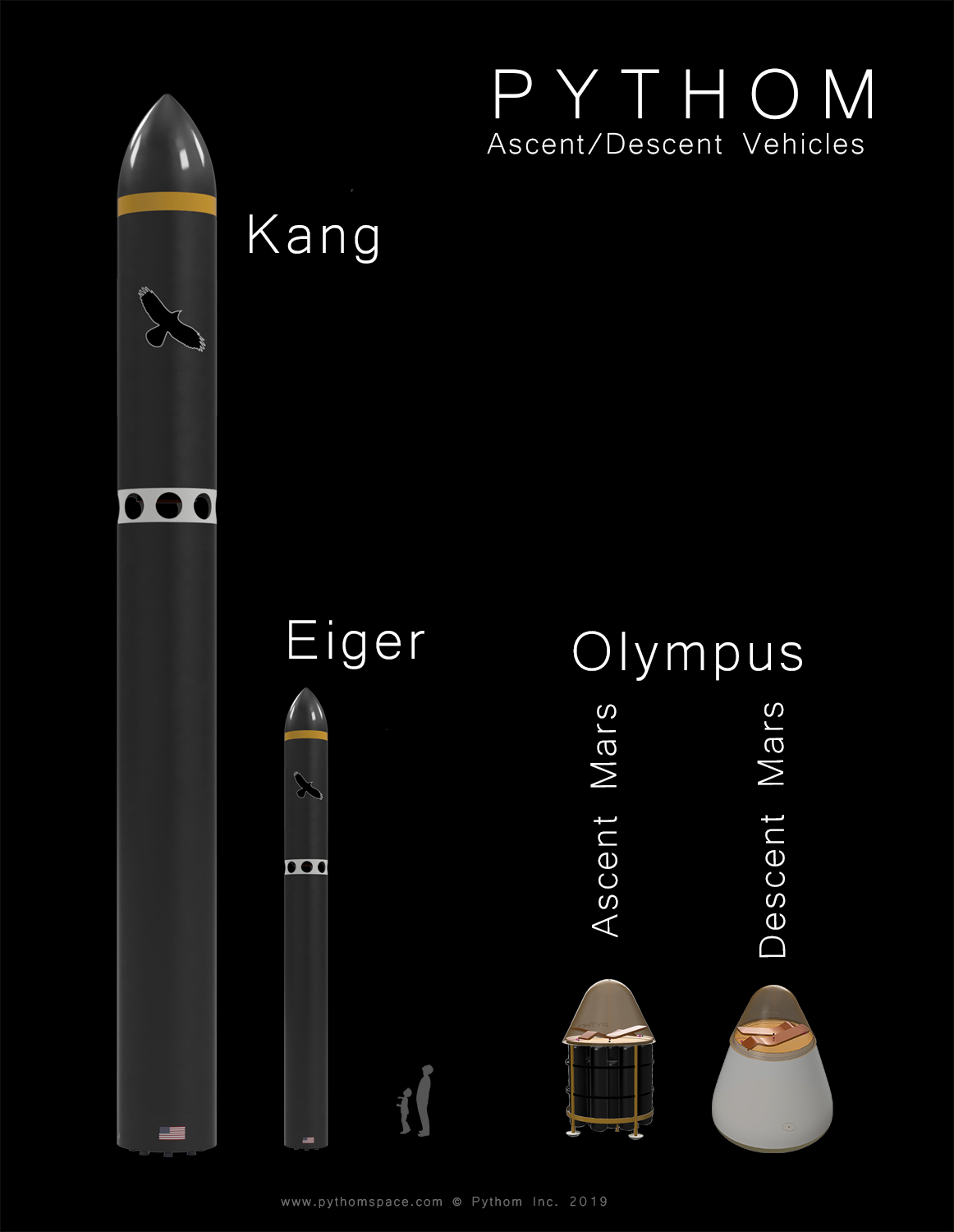
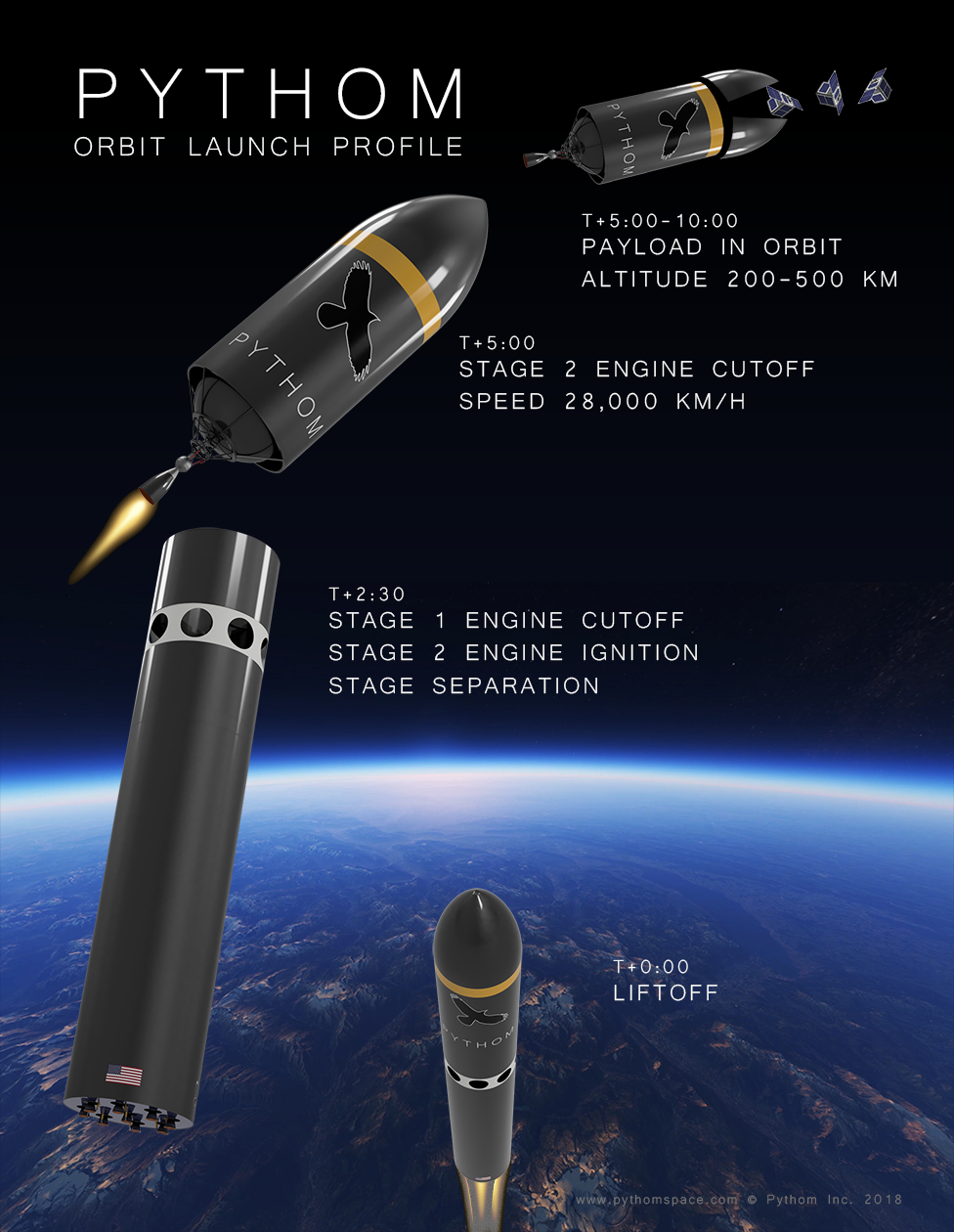
Step 6: Orbit around Mars
After about nine months of travel, the spacecraft will enter orbit around Mars. Two landers will be sent down. The first one carries supplies and other materials. If it lands safely, Tina and Tom will descend in the next lander.
"I think of that moment. How it will feel to press the button to start landing. How will it feel when we are closer to Mars than Earth?" says Tina.
"We have talked to geologists in our team and the most interesting place is Valles Marineris. Three times deeper than the Grand Canyon and the walls are three times as high as Mount Everest. It's advantageous to land there. More atmosphere that helps to slow down", says Tom.
The air on Mars is so thin that it does not slow down a spacecraft as much as on Earth.
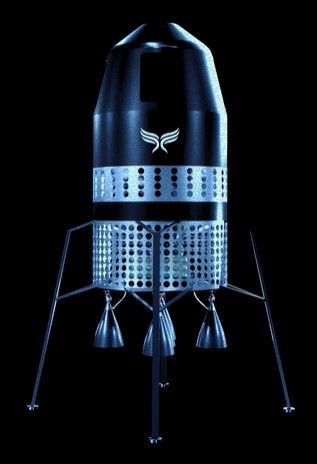
Step 7: Six months on Mars
Once safe on Mars, they won't build a house to live in. They will walk around on foot and live in a tent.
"We know exactly how many calories we need, how fat the food needs to be, how much water we need to drink. We have learned all that from our expeditions", says Tom.
"We have also learned to cope with isolation in Antarctica. How to be comfortable even in harsh conditions. We know a lot of what will await us, which I think will be valuable", says Tina.
Step 8: Returning to Earth
The lander that took them down to Mars will now take them from there, up to the spacecraft that is waiting in orbit. Hopefully less dramatic than when Matt Ridley leaves the planet in The Martian.
That will be followed by another nine months in space before they can set foot on our good old Earth. At that point, they will have been away from Earth for three years.
How much will this cost?
According to old NASA estimates, taking humans to Mars would cost around $100 billion and required a twenty-year space program. That's still much cheaper than the one trillion dollars that were talked about before. Nobody thinks it will cost that much today, but what do Tina and Tom expect in terms of cost?
"It's getting cheaper by the day. We thought the entire Mars expedition would be a billion dollars or so. Now we believe it will not be more than $500 million. Probably about $200 million."
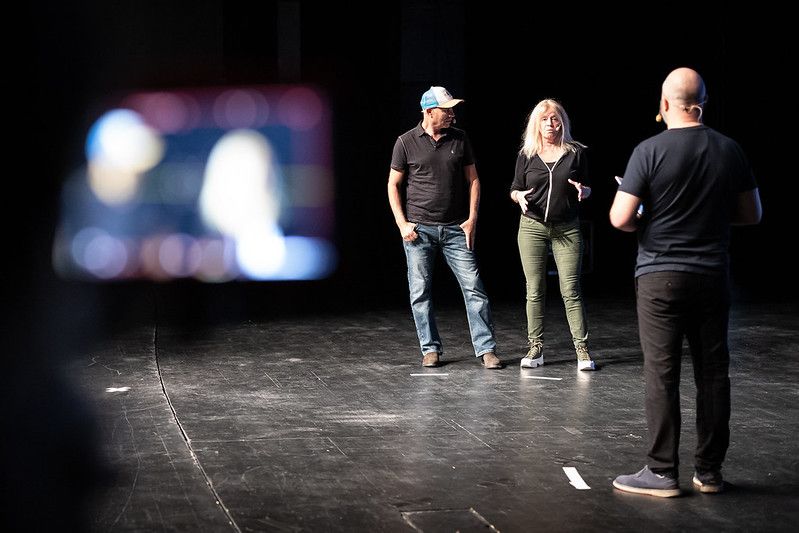
$200 million, that's still a sizeable chunk of change. It will be financed by launching satellites into orbit. The market for satellite launches is growing at a tremendous rate. There are currently just over 3,000 active satellites in orbit. By the end of the 2020s, it is believed that the number will be around 150,000. Many will be launched by large companies such as SpaceX, but they don't offer exact orbits for smaller satellites.
"It's like taking the bus", says Tina. "We offer an Uber."
The smaller rockets that Pythom Space is building will be able to place the satellites exactly where the customer wants them.
Redbull on the spacesuits
$200 million is not a small amount of money but imagine, for example, how much Redbull would pay to have their logo on the spacesuits when they step out on Mars. If Tina and Tom can credibly show that they have a decent chance, it won't be difficult to raise the money.
Follow Tina and Tom on Warp News
We at Warp News have followed Tina and Tom Sjögren for almost two years and will continue to do so. Among other things, we are planning a visit to California where they will develop their rockets and engine.
Below you will find a podcast interview with them and their appearance at the Warp Space Summit. Subscribe to our free newsletter and you will not miss anything.
By becoming a premium supporter, you help in the creation and sharing of fact-based optimistic news all over the world.



